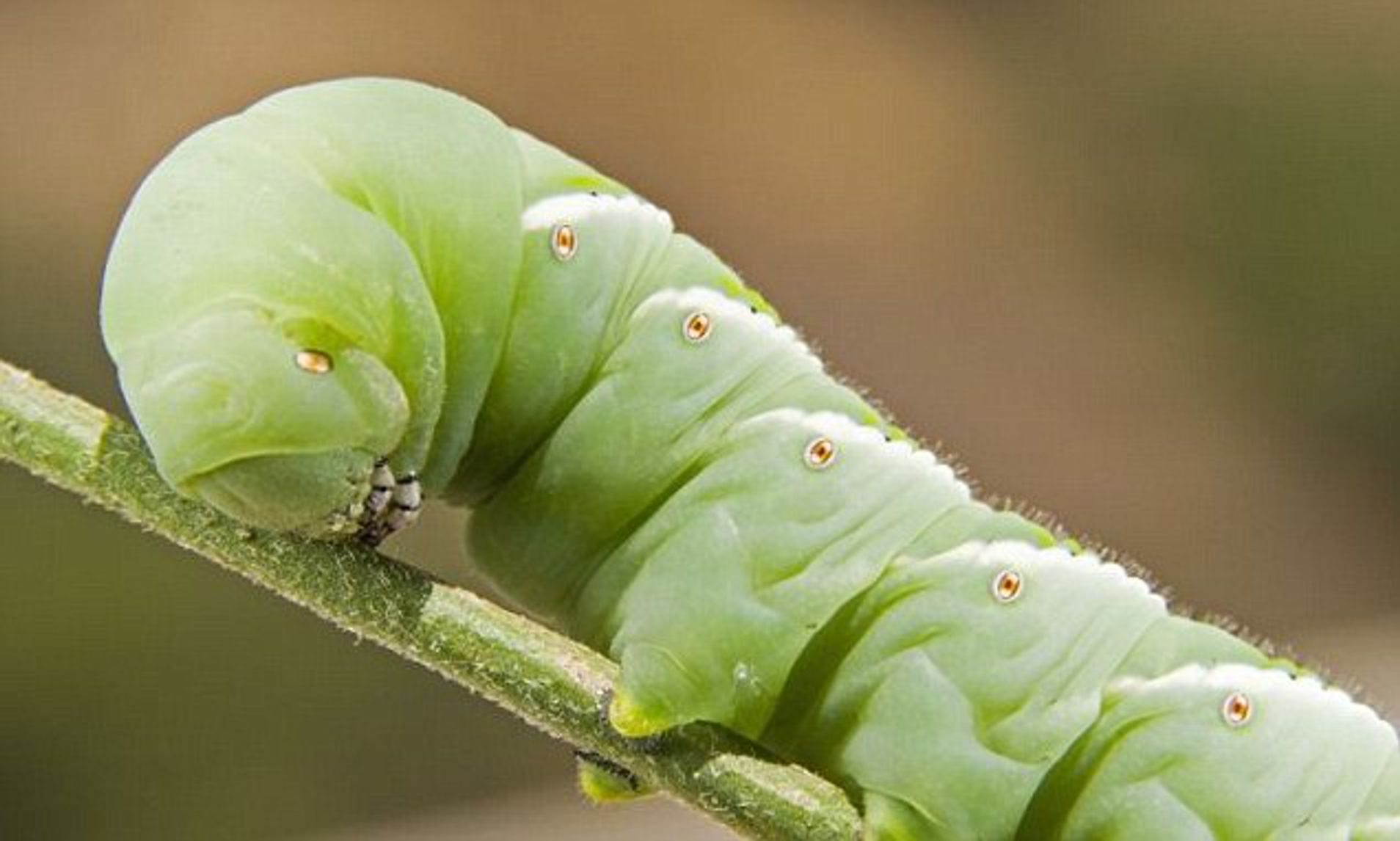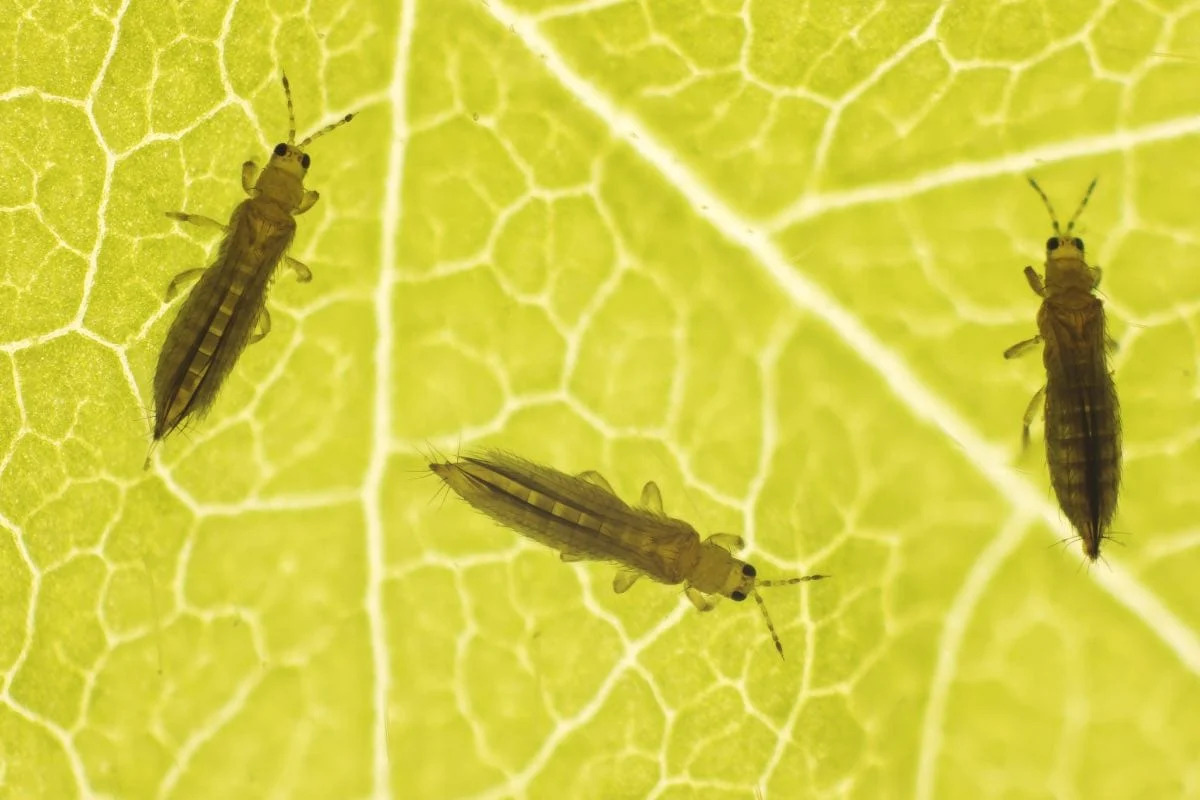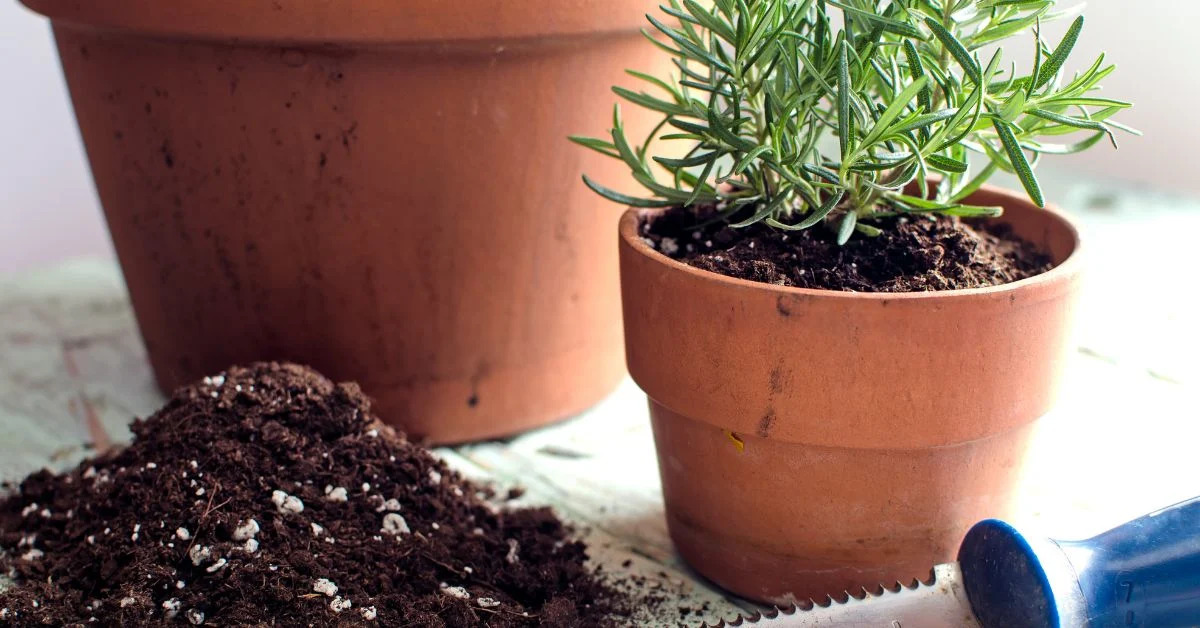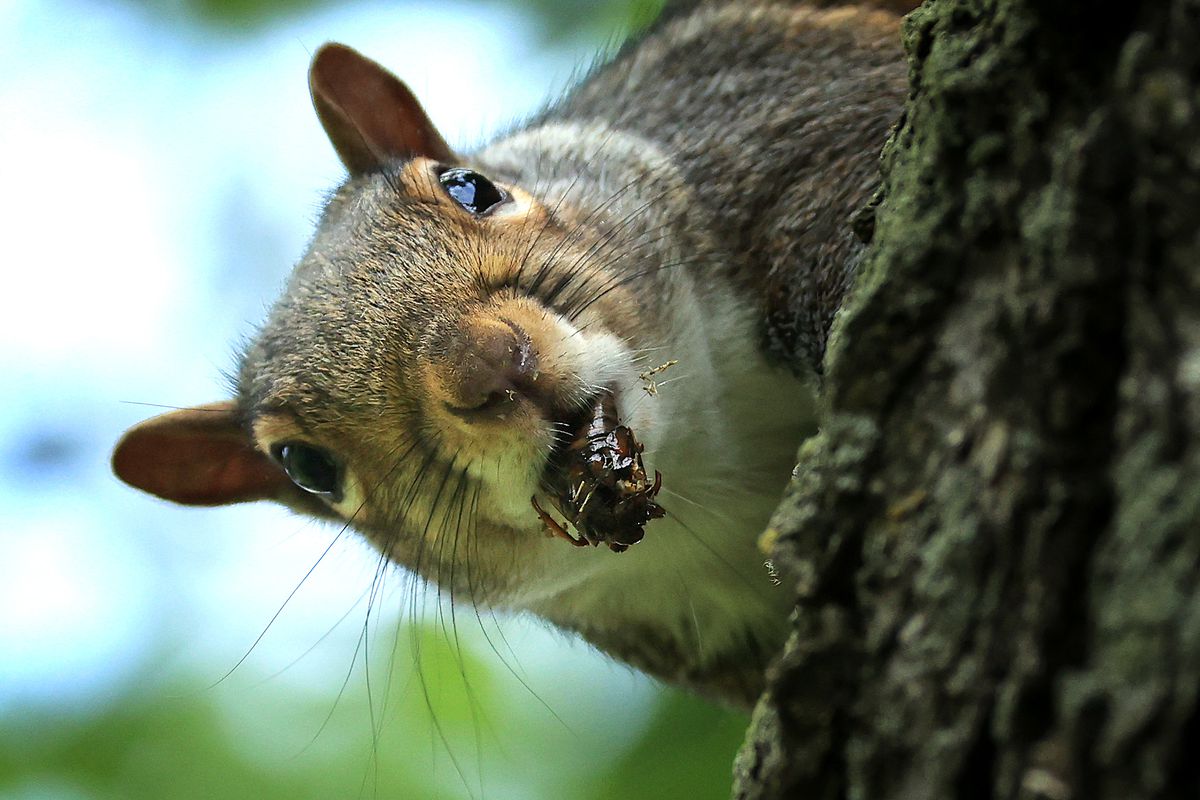Home>Gardening News and Trends>Latest News>What Kind Of Insects Does Malathion Kill?
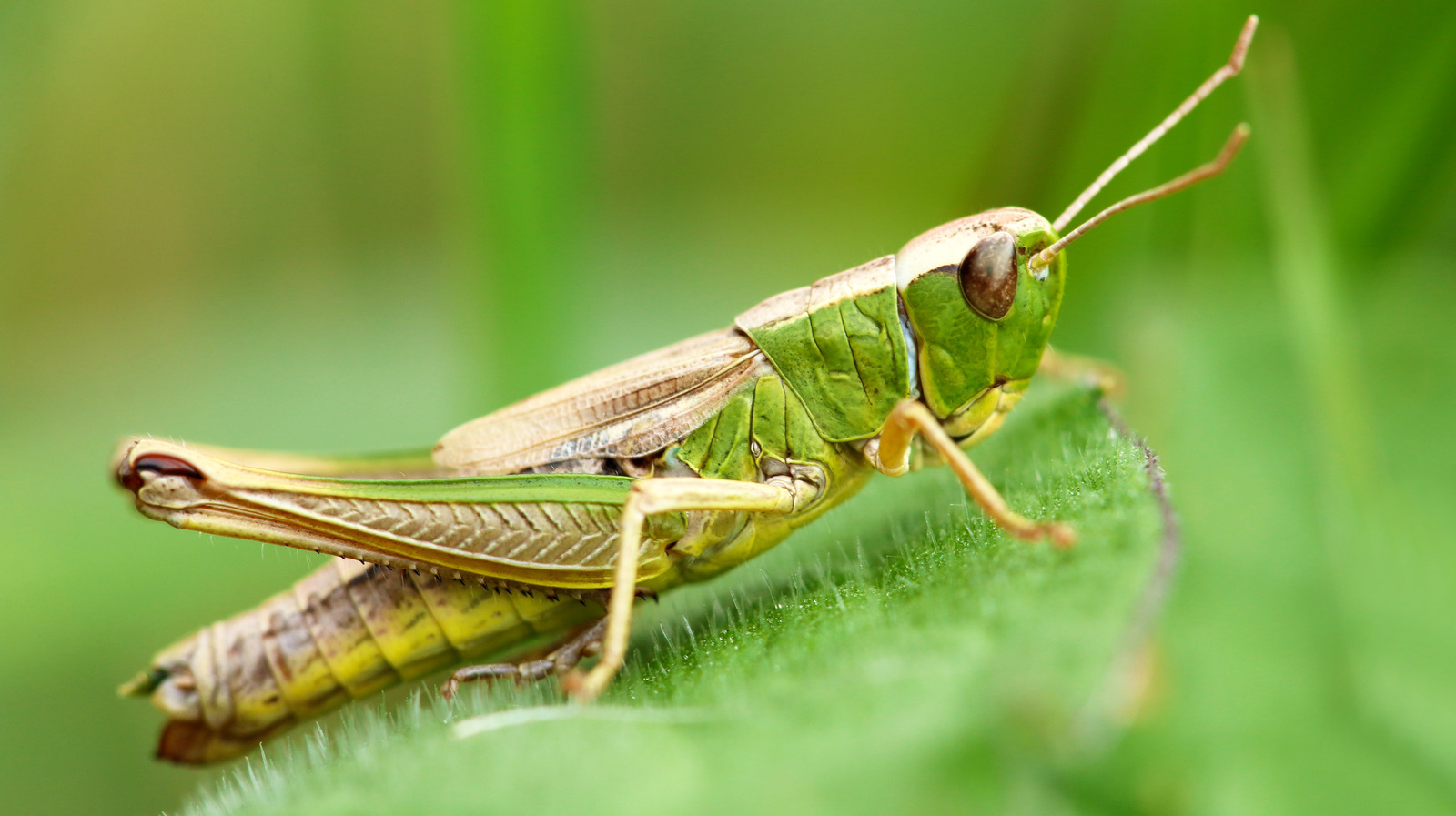

Latest News
What Kind Of Insects Does Malathion Kill?
Modified: January 22, 2024
Discover the latest news on Malathion's insect-killing capabilities. Learn which insects are effectively targeted by this powerful pesticide.
(Many of the links in this article redirect to a specific reviewed product. Your purchase of these products through affiliate links helps to generate commission for Chicagolandgardening.com, at no extra cost. Learn more)
Table of Contents
Introduction
Malathion is a widely used insecticide that plays a crucial role in controlling the population of various insects. This powerful chemical compound has been formulated to effectively target and eliminate specific insect species that pose threats to crops, gardens, and public health. Understanding the insects that Malathion targets and its application methods is essential for effective pest management.
Originally developed in the 1950s, Malathion is classified as an organophosphate insecticide, known for its effectiveness against a wide range of insects. It is primarily used in agricultural settings to protect crops from destructive pests, but it is also employed in public health programs to control disease-carrying insects like mosquitoes and flies.
Malathion works by inhibiting an enzyme called acetylcholinesterase in insects, which disrupts their nervous system and leads to paralysis and eventual death. This mode of action makes it a potent pesticide against many insect species, making it a valuable tool in pest management strategies.
One of the key advantages of Malathion is its specificity in targeting certain insects while showing minimal toxicity to mammals, including humans. This characteristic makes it widely accepted for use in public health programs and agricultural practices. However, it is crucial to understand the specific insects that Malathion targets to ensure its proper and effective application.
In the following sections, we will explore the various species of insects that are commonly targeted by Malathion. We will also discuss the application methods and effectiveness of this insecticide, as well as the potential environmental impacts and safety precautions that should be considered when using Malathion.
Understanding Malathion
Malathion is an organophosphate insecticide that is widely used for the control of both agricultural and public health pests. It is primarily used to combat various insects that can cause significant damage to crops, gardens, and pose health risks to humans. This chemical compound is known for its effectiveness in targeting specific insect species while having minimal impact on non-target organisms.
The active ingredient in Malathion is malathion itself, which works by inhibiting the enzyme acetylcholinesterase in insects. This disruption in their nervous system leads to paralysis and eventually death. Malathion has a broad spectrum of activity, making it effective against a wide range of pests such as mosquitoes, flies, aphids, scales, mites, and caterpillars.
One of the key advantages of Malathion is its versatility in application methods. It can be applied as a spray, an aerosol, or even as a mist or fog. This flexibility makes it suitable for various settings, including agricultural fields, residential areas, and public spaces.
In agricultural settings, Malathion is commonly applied using sprayers. This allows for a targeted application on crops, preventing damage from insects like aphids and caterpillars. In public health programs, Malathion is often used in fogging machines to control mosquito populations, particularly in areas where mosquito-borne diseases like dengue fever or West Nile virus are prevalent.
It is important to note that while Malathion can effectively control targeted insects, repeated and excessive use of this insecticide can lead to the development of resistance in these pests. Therefore, it is recommended to use Malathion in a rotation with other pest control methods to prevent resistance and maintain its effectiveness in the long term.
Furthermore, it is worth mentioning that Malathion has a relatively short residual effect, meaning that its impact on non-target organisms and the environment is minimal. This property, along with its low mammalian toxicity, makes it a favorable choice for pest management in both agricultural and public health applications.
In the following sections, we will explore the specific insects that Malathion targets, the effectiveness of its application, and the potential environmental impacts and safety precautions associated with its use.
Targeted Insects
Malathion is known for its broad-spectrum activity, effectively targeting a wide range of insect species. This versatility has made it a popular choice among farmers, gardeners, and public health officials for pest management and control. Let’s explore some of the common insects that Malathion specifically targets:
- Mosquitoes: Mosquitoes are notorious for their ability to transmit harmful diseases such as malaria, dengue fever, and Zika virus. Malathion is highly effective against adult mosquitoes, making it a valuable tool in mosquito control programs.
- Flies: Flies are not only annoying pests but can also transmit diseases. Malathion is often used to control both houseflies and fruit flies, reducing their population and minimizing the risk of disease transmission.
- Aphids: These small, sap-sucking insects can cause significant damage to crops and gardens. Malathion effectively targets aphids, preventing them from feeding on plants and spreading diseases.
- Scales: Scales are small, immobile insects that feed on plant sap, often causing the leaves to yellow and die. Malathion is known for its effectiveness in controlling scale insects, minimizing their damage to ornamental plants and agricultural crops.
- Mites: Mites can be a nuisance in both agricultural and residential settings. Malathion is effective in reducing mite populations, protecting plants and preventing itchiness and bites in humans and animals.
- Caterpillars: Caterpillars are voracious feeders and can quickly defoliate plants. Malathion is commonly used to control these pests, preventing extensive damage to crops and gardens.
These are just a few examples of the many insect species that Malathion targets. Its broad-spectrum activity makes it a versatile solution for various pest management situations. However, it is essential to consider the specific instructions and recommendations provided by manufacturers and regulatory agencies when using Malathion to ensure its safe and effective use.
While Malathion is effective against targeted insects, it is crucial to note that it may also affect beneficial insects, such as pollinators and natural predators, if used improperly or excessively. Therefore, it is important to apply this insecticide judiciously, taking measures to minimize its impact on non-target organisms.
In the following sections, we will delve into the application methods and effectiveness of Malathion, as well as discuss the potential environmental impacts and safety precautions associated with its use.
Application and Effectiveness
Malathion can be applied through various methods to effectively control targeted insects and minimize their populations. The application methods and the effectiveness of Malathion depend on the specific pest and the environment in which it is being used.
One of the most common application methods for Malathion is spraying. This involves diluting the insecticide in water and applying it directly to the targeted area, such as crops, gardens, or residential spaces. Spraying provides good coverage and allows for targeted application, ensuring that the insects come into contact with the insecticide.
In agricultural settings, aerial spraying is often used to cover large areas quickly. This method involves using aircraft to disperse the diluted Malathion over the crops from above. Aerial spraying is particularly effective for controlling pest populations in extensive agricultural fields.
Fogging is another method of application that is commonly used in public health programs. Here, Malathion is mixed with a carrier solution and dispersed as a fog or mist using specialized machines. This method is often used to control mosquitoes and other flying insects in outdoor areas.
The effectiveness of Malathion in controlling insects depends on various factors, including the timing of application, the concentration used, and the susceptibility of the target species. It is crucial to follow the recommended application rates and timings provided by manufacturers and regulatory agencies to ensure optimal results.
While Malathion is highly effective against targeted insects, it is important to note that repeated and excessive use of this insecticide can lead to the development of resistance in pest populations. To combat this resistance, it is recommended to use Malathion in rotation with other pest control methods and regularly monitor the effectiveness of the treatment.
Moreover, the effectiveness of Malathion can be influenced by environmental factors such as temperature, humidity, and rainfall. It is crucial to consider these factors when planning the application of Malathion to ensure optimum results.
It is worth mentioning that while Malathion is effective in controlling pests, it may also have an impact on beneficial insects, such as bees and other pollinators. Therefore, it is important to use Malathion judiciously, considering the potential risks to non-target organisms and taking appropriate measures to minimize their exposure.
In the following sections, we will explore the potential environmental impacts and safety precautions associated with the use of Malathion, providing guidelines for its safe and responsible application.
Environmental Impacts
While Malathion is an effective insecticide for pest control, it is important to consider its potential environmental impacts. Like any chemical pesticide, Malathion has the potential to affect non-target organisms and ecosystems if not used responsibly.
One of the major concerns regarding the environmental impact of Malathion is its potential harm to beneficial insects, such as bees and other pollinators. Bees play a vital role in pollination, facilitating the reproduction of many plant species. Exposure to Malathion can be detrimental to bees, leading to a decline in pollinator populations. To mitigate this risk, it is advisable to avoid spraying Malathion during peak pollinator activity, such as when flowers are in bloom.
In addition to pollinators, Malathion can also impact other beneficial insects, such as natural predators and parasitoids. These organisms play essential roles in maintaining ecological balance by suppressing pest populations. Excessive use of Malathion can disrupt this balance, leading to pest outbreaks and the need for even more pesticide applications.
Furthermore, Malathion can potentially contaminate water sources if not used properly. Runoff from treated areas can carry the insecticide into nearby streams, rivers, or groundwater. This can have negative effects on aquatic organisms, including fish and other aquatic invertebrates. It is crucial to adhere to application guidelines and avoid spraying near water bodies to minimize the risk of water contamination.
To reduce its environmental impact, it is recommended to use Malathion as a part of an integrated pest management (IPM) approach. IPM involves combining various pest control methods, including cultural practices, biological controls, and chemical interventions, in a targeted and sustainable manner. By using Malathion judiciously and in conjunction with other pest management strategies, the overall reliance on pesticides can be minimized.
It is also important to adhere to all local regulations and guidelines when using Malathion. These regulations are in place to ensure the safe and responsible use of pesticides, protecting both the environment and human health. Familiarize yourself with the specific requirements in your area and follow them diligently to mitigate any potential negative impacts.
By considering the potential environmental impacts of Malathion and implementing responsible application practices, we can effectively control pests while minimizing harm to non-target organisms and ecosystems.
In the next section, we will discuss safety precautions that should be followed when using Malathion to protect human health and ensure proper handling of the insecticide.
Safety Precautions
When using Malathion, it is essential to prioritize safety to protect human health and minimize any potential risks associated with the insecticide. Here are some key safety precautions to consider:
- Read and Follow Instructions: Before using Malathion, carefully read and follow the instructions provided by the manufacturer. These instructions will outline the proper handling, application, and disposal procedures.
- Protective Clothing: When applying Malathion, wear appropriate protective clothing, including long sleeves, long pants, gloves, and goggles or a face shield. This will help prevent direct contact with the insecticide and reduce the risk of skin, eye, or respiratory irritation.
- Avoid Direct Exposure: Avoid direct contact with Malathion, both in its concentrated form and during application. If contact occurs, immediately wash the affected area with soap and water. Seek medical attention if necessary.
- Proper Mixing and Dilution: Follow the recommended mixing ratios and dilution instructions provided by the manufacturer. Never exceed the recommended concentration, as this can increase the risk of adverse effects and environmental contamination.
- Keep Out of Reach of Children and Pets: Store Malathion in a secure location out of reach of children and pets. Ensure that containers are tightly sealed and properly labeled. Keep in mind that even small amounts of the insecticide can be harmful if ingested or inhaled.
- Dispose of Excess and Unused Product: Do not dispose of Malathion or its containers in regular household trash. Contact local authorities or waste management facilities for proper disposal methods. Follow any specific disposal instructions provided by the manufacturer or regulatory agencies.
- Integrated Pest Management (IPM): Incorporate Malathion as part of an integrated pest management approach, which focuses on the long-term prevention and management of pests through a combination of cultural, biological, and chemical control methods. This approach helps minimize the reliance on pesticides and reduces potential risks.
- Follow Local Regulations: Familiarize yourself with local regulations and guidelines regarding the use and application of Malathion. Different regions may have specific requirements in place to ensure the safe handling and use of pesticides.
By following these safety precautions, we can minimize the risks associated with using Malathion and ensure the protection of both human health and the environment.
In the final section, we will wrap up the article by summarizing the main points discussed and emphasizing the importance of responsible pesticide use.
Conclusion
Malathion is a powerful insecticide that plays a vital role in controlling the population of various insects. Its ability to target and eliminate specific pest species while minimizing harm to non-target organisms has made it a valuable tool in pest management programs.
By understanding the specific insects that Malathion targets, such as mosquitoes, flies, aphids, scales, mites, and caterpillars, we can effectively use this insecticide to protect crops, gardens, and public health.
The application methods and effectiveness of Malathion can vary depending on the pest species and the environment. Responsible application, following recommended instructions, and adopting integrated pest management strategies are crucial to maximize its effectiveness and minimize potential environmental impacts.
It is important to be aware of the potential environmental impacts of Malathion on beneficial insects, water sources, and ecosystems. By using Malathion judiciously and implementing proper safety precautions, such as wearing protective clothing, following mixing and dilution guidelines, and proper disposal of excess product, we can minimize risks to human health and the environment.
Responsible pesticide use, including the judicious application of Malathion as part of an integrated pest management approach, is essential for sustainable pest control and maintaining a balance between effective pest management and minimizing harm to non-target organisms.
By considering the information provided in this article and following best practices, we can effectively utilize Malathion for pest control while promoting the overall health of our crops, gardens, and ecosystems.

